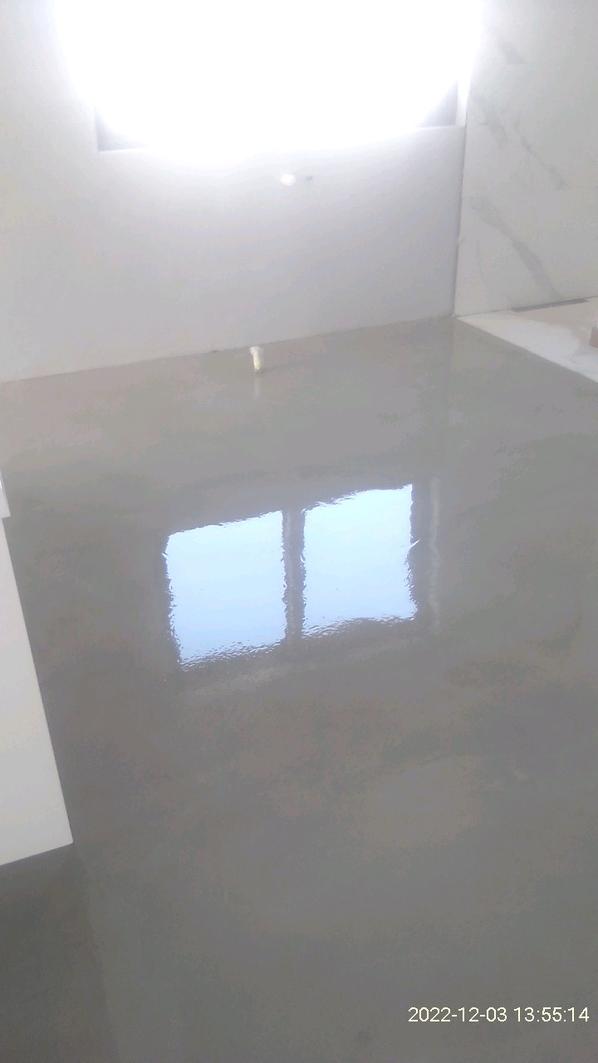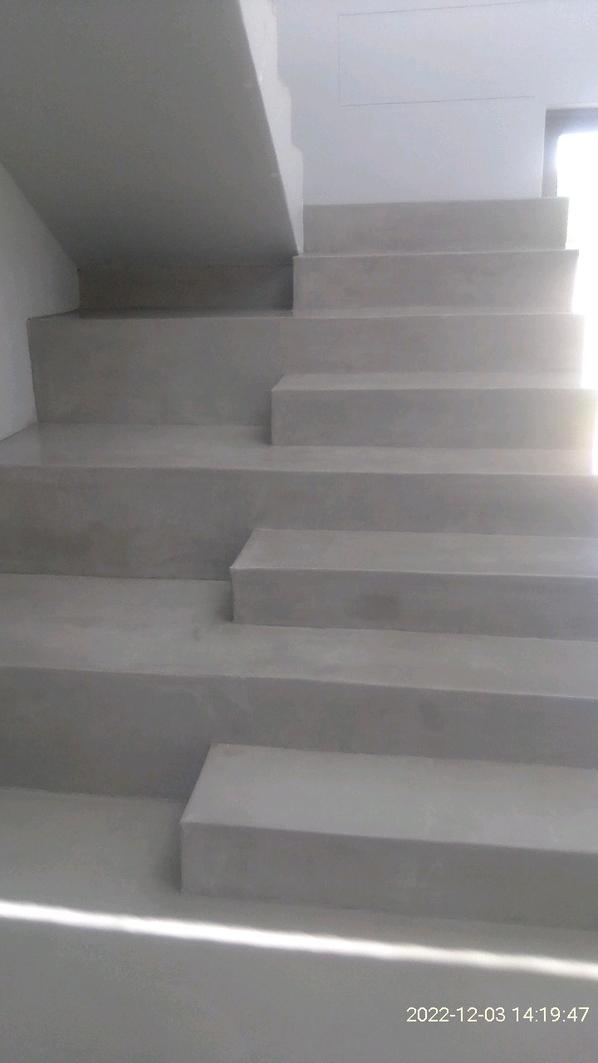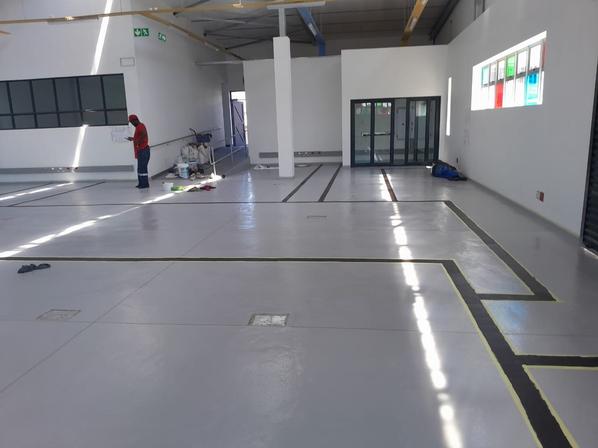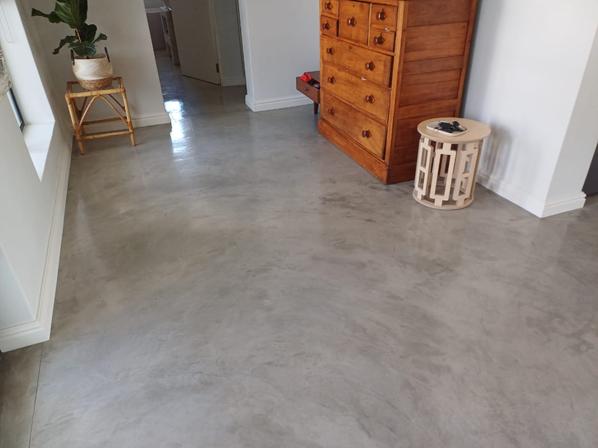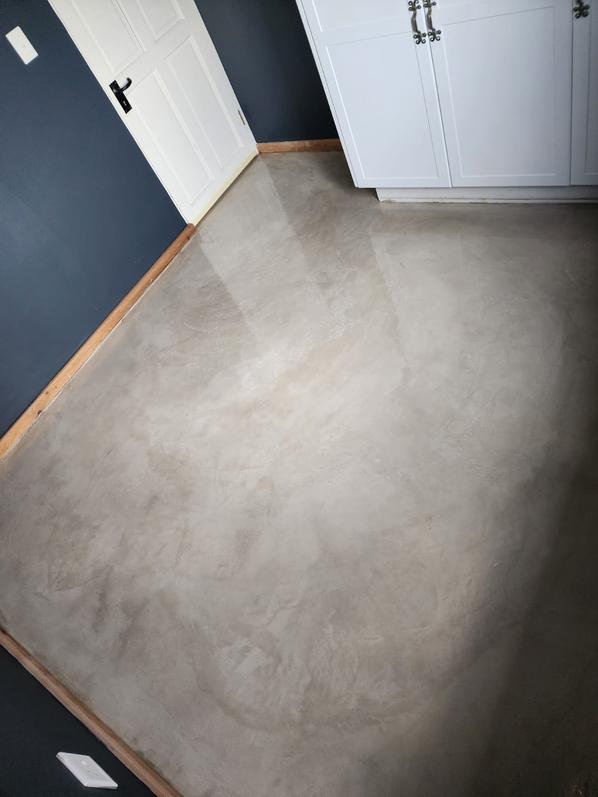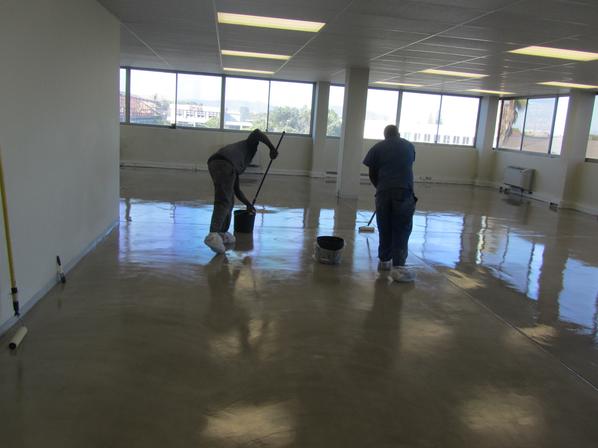3. Appearance: Stone carpet provides a natural and decorative look, resembling a pebble or gravel pathway. It is available in a wide range of colors and stone types, allowing for customization to suit different aesthetic preferences and design schemes.
4. Durability: The combination of stones and resin binder creates a durable and hard-wearing surface. Stone carpet is resistant to cracking, UV degradation, and can withstand heavy foot traffic. It is also permeable, allowing water to drain through, which reduces the risk of pooling or puddling.
5. Maintenance: Stone carpet is relatively low-maintenance. Regular sweeping or vacuuming can help remove debris and maintain its appearance. Occasional power washing or gentle cleaning with mild detergents may be necessary to remove stains or dirt buildup.
6. Applications: Stone carpet is commonly used in both indoor and outdoor settings. It is suitable for residential, commercial, and public spaces. Some popular applications include driveways, patios, walkways, pool surrounds, retail spaces, and showrooms.
7. Benefits: Stone carpet offers several advantages. It provides a visually appealing surface, improves the aesthetic value of an area, and can complement various architectural styles. It is also slip-resistant, making it a safe flooring option. Additionally, stone carpet is considered eco-friendly due to its permeability, allowing rainwater to soak into the ground and preventing runoff.

